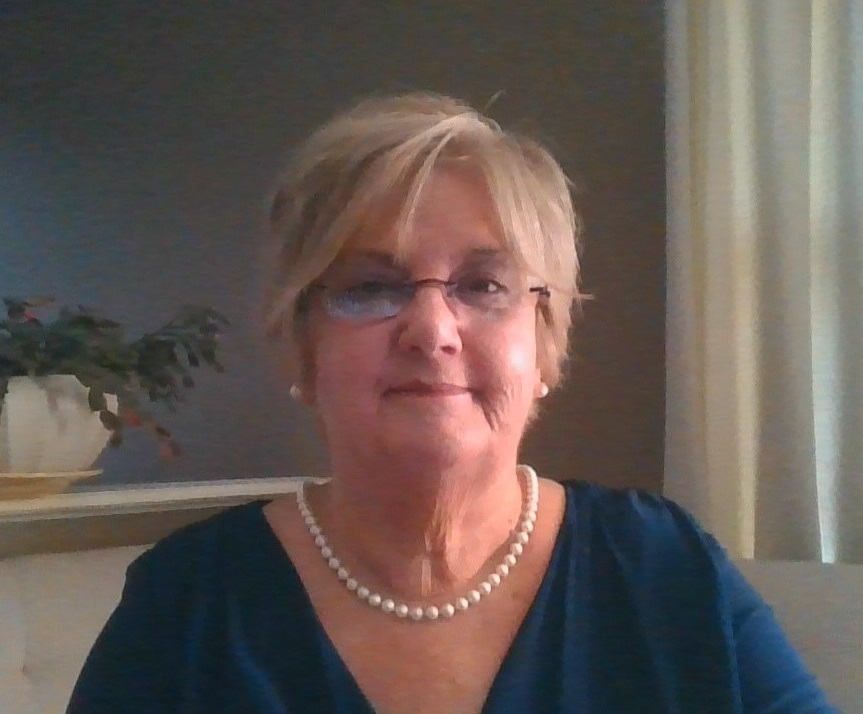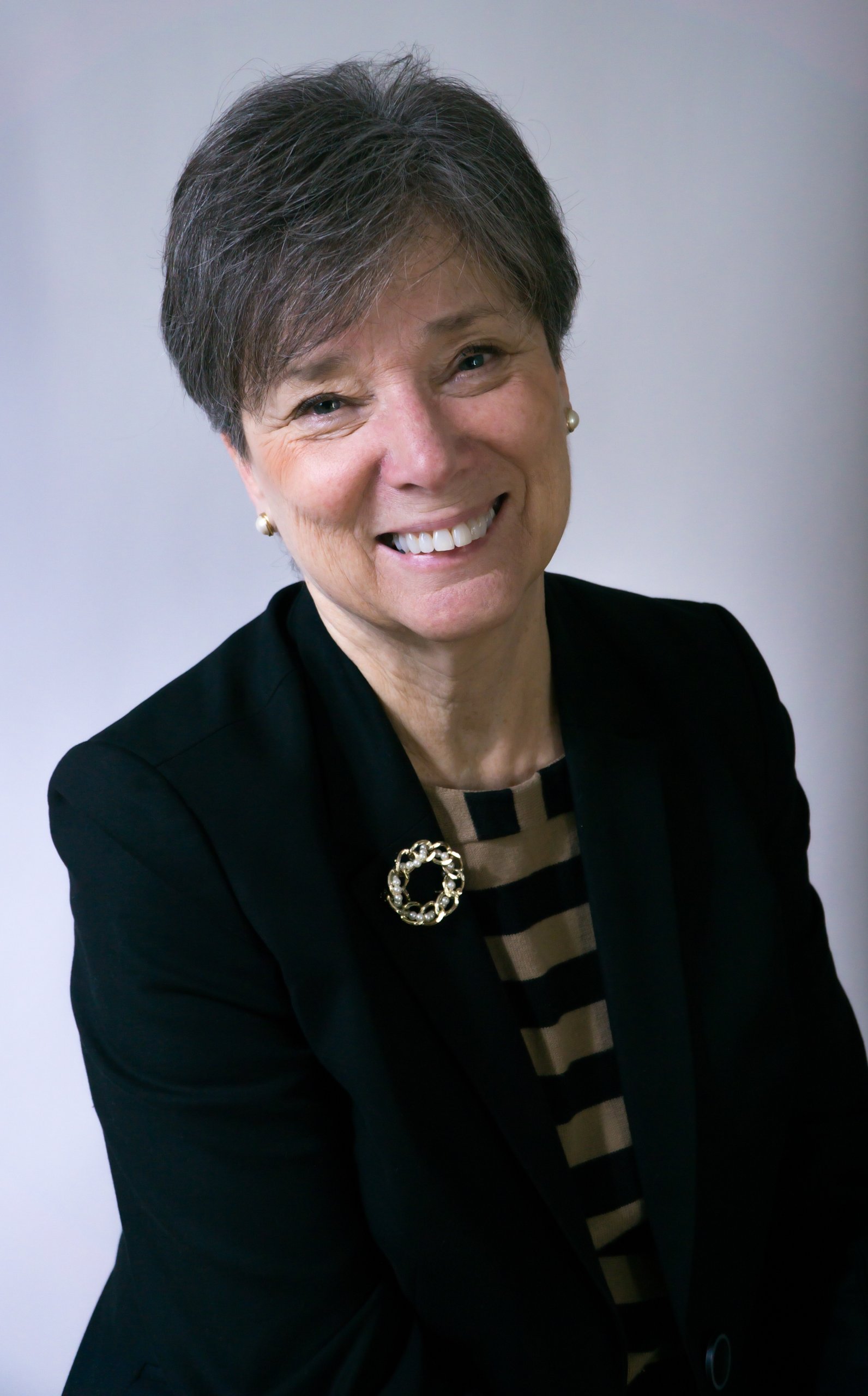How does managed care use the Child and Adolescent Needs and Strengths (CANS) tool?
The Child and Adolescent Needs and Strengths (CANS) assessment is a multi-purpose tool developed for children’s services to support decision making, including level of care and service planning, to facilitate quality improvement initiatives, and to allow for the monitoring of outcomes of services. It is one of the tools in the Transformational Collaborative Outcomes Management (TCOM) framework, developed by Dr. John S. Lyons, consisting of a set of Guiding Values and Core Principles, all centered on how to provide the best and most support to all those in need.
I am often asked “How does managed care use the CANS?” Managed care organizations, like Magellan, are increasingly using clinical decision support tools and implementing value-based programs; the CANS offers a common language to look at resource needs and make the balancing of resources more transparent.
John Lyons frames the use of the CANS as part of “Five Key Decisions”: access, engagement, appropriateness, effectiveness and transitions. This framework on CANS use may be helpful for understanding how managed care uses decision support tools, and the CANS in particular, as the CANS has bonus options beyond the usual clinical decision support tools.
In this post, I provide an overview of each of the Five Key Decisions to shed light on how managed care uses the CANS. I invite you to explore the topics below and follow the links to learn more in my series on the TCOM Conversations blog.
Access
Access refers to screening for a target population, such as using CANS algorithms for matching needs to services. This identifies youth who will benefit from a certain level of care or service, as well as those who will not.
MCOs, with their advanced analytics capabilities, can provide valuable insights to state and local agencies to inform ongoing adjustments to algorithms to ensure that youth have access to the appropriate level of care.
Engagement
Key Decision 2, Engagement, is about bringing people from access — opening the door — to becoming equal partners in the helping system. Engagement is built on respect and understanding that youth and family are experts in their own lives and need to captain their own ships. Engagement uses a fully person-centered discovery and planning process.
MCOs are tasked with operationalizing engagement, often taking the form of a checklist with time-frames and standards for everything from forms, consents, plans, child and family meetings, authorization, and even how often helpers and family are required to meet.
Proper operationalizing of engagement allows for family and youth to participate as fully as possible in using the CANS for reflection, self-advocacy and self-direction.
Appropriateness and Effectiveness
An appropriate service should be effective. These two Key Decisions are inextricably linked and are often the basis of medical necessity. Evidence-based practices assign a defined appropriate population and a set of measures demonstrating effectiveness and provide a good example of how the community at large and managed care can agree.
Standardized assessment is an established best practice for measuring appropriateness and effectiveness. The CANS in practice excels at both. When the practice is done well, youth and families flourish and successfully complete their programs.
Transitions
Using CANS algorithms for access and transition decision support is particularly helpful when celebrating successes. In behavioral healthcare, a discharge from a program can be seen as a success, but “success” may only be based on utilization or length of stay, and not on quality outcomes for the youth and family. The CANS is a functional outcomes measure, i.e., it measures how a youth and family is functioning in real life. As value-based programming expands, the CANS will be used for evidence of discharge success.
Barbara Dunn, LCSW, ACSW, is director of program innovation and outcomes for Magellan Healthcare. She is the Conference Program Chair for the 16th annual TCOM Conference, A TCOM Cloud Gathering. Meeting Each Other Where We Are: Collaboration in a COVID-19 World. Learn more about the event here.
 Pat Hunt is the executive director of FREDLA, the national Family Run Executive Director Leadership Association, a non-profit union of leaders of grassroots family-run organizations across the nation. Along with her lived experience as a parent, Pat brings over 25 years of experiences as an advocate for children with behavioral health needs and their caregivers. During this time, she had extensive experience overseeing both federal and state grants and served as the founding director of a family-run organization.
Pat Hunt is the executive director of FREDLA, the national Family Run Executive Director Leadership Association, a non-profit union of leaders of grassroots family-run organizations across the nation. Along with her lived experience as a parent, Pat brings over 25 years of experiences as an advocate for children with behavioral health needs and their caregivers. During this time, she had extensive experience overseeing both federal and state grants and served as the founding director of a family-run organization. As I write this addition to the 2017 interview on compassion fatigue and caregivers, our world is in the grips of COVID-19. This pandemic has created worldwide confusion, anger, pain and suffering. My work over the past 20 years has been focused on caregivers in all of the helping professions, and family caregivers, as well. Now, with the trauma created by the virus, I consider all of us caregivers. Who hasn’t run errands for their elderly parents? Who hasn’t shopped and delivered the groceries to their elderly, ill or disabled neighbors? Who hasn’t sewn masks to be given out to their community members? Who hasn’t worked diligently in lockdown to prepare nutritious meals for themselves and their family members? Who hasn’t advocated what’s right and life-affirming on Facebook, Twitter and other social media? These, and many more actions and behaviors, define care-giving. It is more important than ever that each one of us begin our healing process. As difficult as that is in the eye of the hurricane, it is imperative if we hope to return to a healthy level of wellness, happiness and good health. Find time in each day for authentic self-care. Take a walk in nature, paint a picture, meditate, practice yoga, listen to music that stirs your soul, bake a cake and give half to someone who is weathering the storm alone, plant a vegetable garden, or sit in silence and be thankful for the good that remains in your life. All of these strategies define and promote healing.
As I write this addition to the 2017 interview on compassion fatigue and caregivers, our world is in the grips of COVID-19. This pandemic has created worldwide confusion, anger, pain and suffering. My work over the past 20 years has been focused on caregivers in all of the helping professions, and family caregivers, as well. Now, with the trauma created by the virus, I consider all of us caregivers. Who hasn’t run errands for their elderly parents? Who hasn’t shopped and delivered the groceries to their elderly, ill or disabled neighbors? Who hasn’t sewn masks to be given out to their community members? Who hasn’t worked diligently in lockdown to prepare nutritious meals for themselves and their family members? Who hasn’t advocated what’s right and life-affirming on Facebook, Twitter and other social media? These, and many more actions and behaviors, define care-giving. It is more important than ever that each one of us begin our healing process. As difficult as that is in the eye of the hurricane, it is imperative if we hope to return to a healthy level of wellness, happiness and good health. Find time in each day for authentic self-care. Take a walk in nature, paint a picture, meditate, practice yoga, listen to music that stirs your soul, bake a cake and give half to someone who is weathering the storm alone, plant a vegetable garden, or sit in silence and be thankful for the good that remains in your life. All of these strategies define and promote healing.